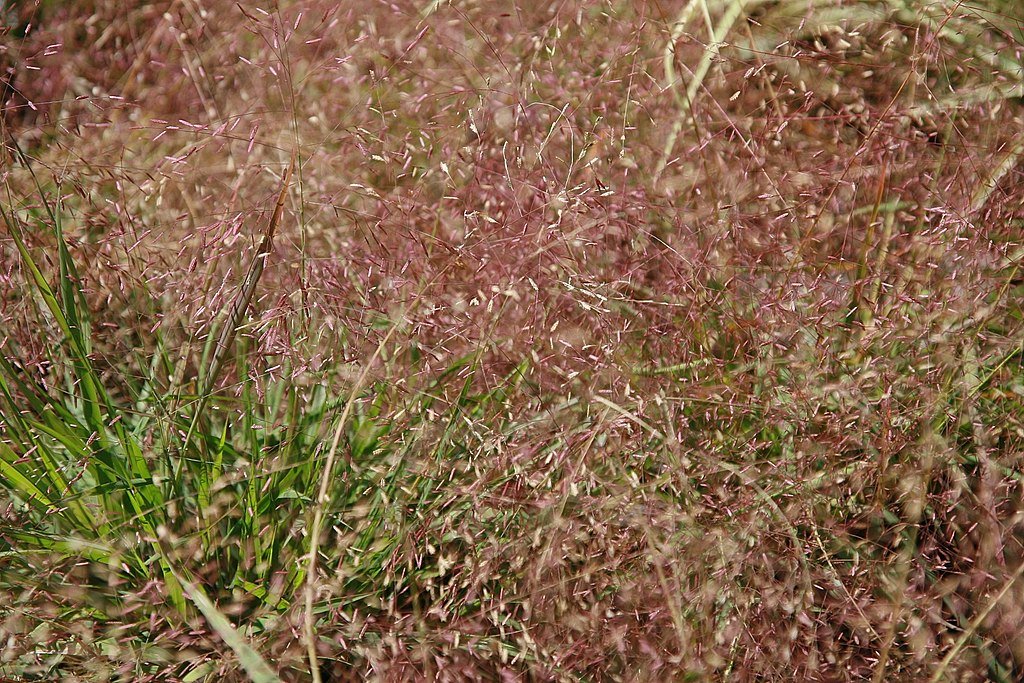 Image 1 of
Image 1 of


Black Willow | Salix nigra
A large tree with distinctive black bark and narrow, lance-shaped leaves. Often found in wetlands and riparian zones and is an important restoration plant. It is the largest and, by some accounts, the most important of the New World willows. It is a fast grower and relatively short-lived with a lifespan around 60 years. Valued by countless animals as food and shelter. Larval host to the Mourning Cloak Butterfly, Viceroy Butterfly, and the Acadian Hairstreak.
Sun: Full sun-shade
Region of Origin: Eastern USA
Container Size: 1-gal
A large tree with distinctive black bark and narrow, lance-shaped leaves. Often found in wetlands and riparian zones and is an important restoration plant. It is the largest and, by some accounts, the most important of the New World willows. It is a fast grower and relatively short-lived with a lifespan around 60 years. Valued by countless animals as food and shelter. Larval host to the Mourning Cloak Butterfly, Viceroy Butterfly, and the Acadian Hairstreak.
Sun: Full sun-shade
Region of Origin: Eastern USA
Container Size: 1-gal
A large tree with distinctive black bark and narrow, lance-shaped leaves. Often found in wetlands and riparian zones and is an important restoration plant. It is the largest and, by some accounts, the most important of the New World willows. It is a fast grower and relatively short-lived with a lifespan around 60 years. Valued by countless animals as food and shelter. Larval host to the Mourning Cloak Butterfly, Viceroy Butterfly, and the Acadian Hairstreak.
Sun: Full sun-shade
Region of Origin: Eastern USA
Container Size: 1-gal






